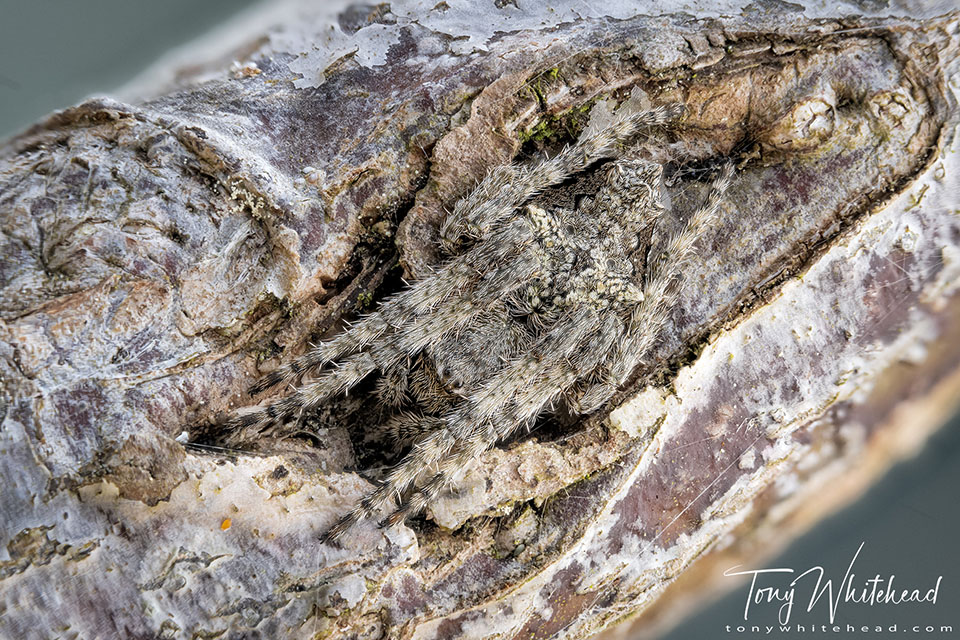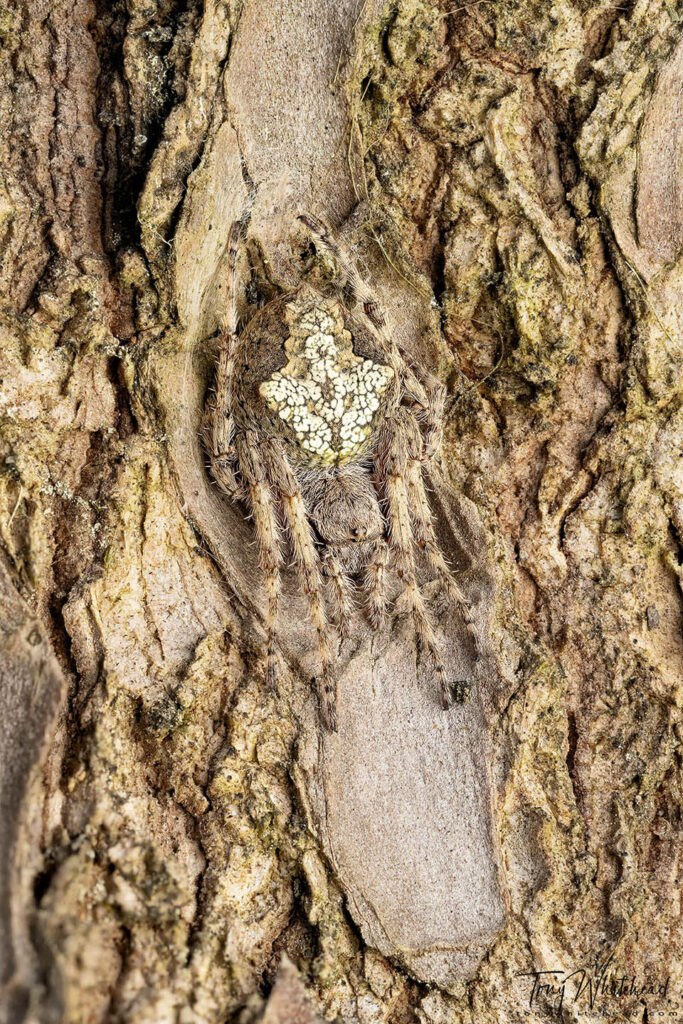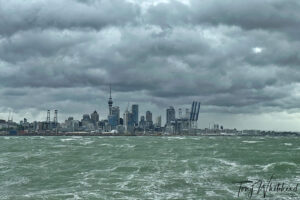I have recently been using Viltrox extension tubes with the Nikkor Z MC 105mm f2.8 VR S and have encountered an issue that I thought worth sharing. My first images with the extension tubes were by using the 24mm tube when shooting a camera controlled focus shift stack and I was quite pleased with the resultant stack when assembled in Helicon Focus.
Having a co-operative spider I decided to try stacking both extension tubes to achieve 36mm of extension and 1.7x magnification so see what sort of detail I could achieve at closest focus. On assembling the stacks it was clear that something weird was happening around the edges of the image. The central features were nice and sharp but the ends of the legs and edges of the frame were very soft and smeared.
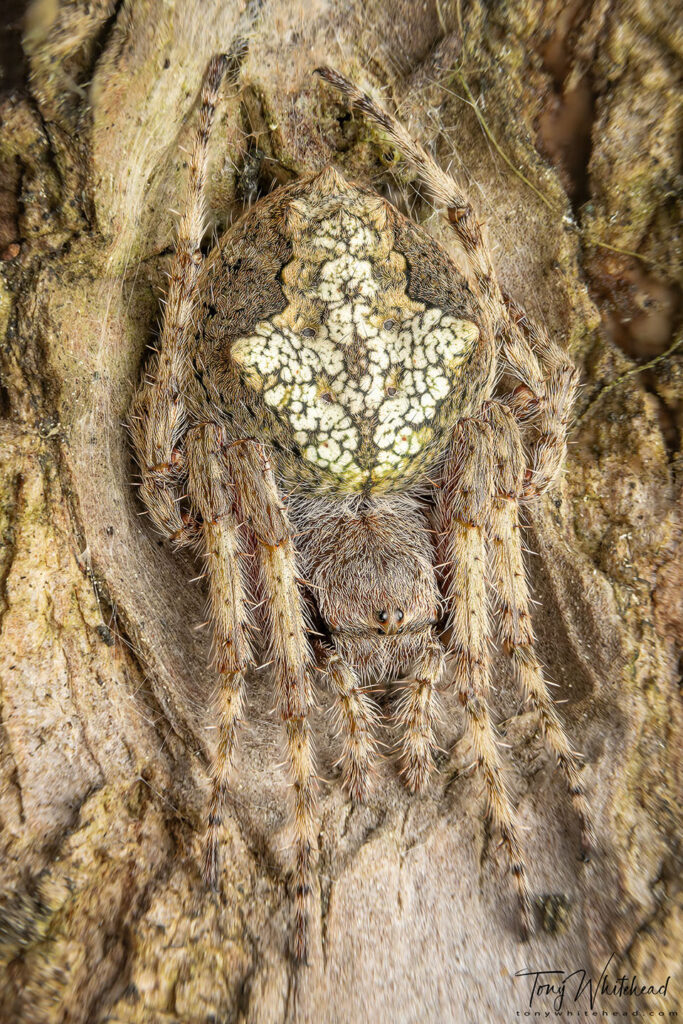
My initial thought was that the high magnification and resultant shallow depth of field needed smaller steps programmed into the focus shift settings. Adjusting this made no difference at all and the images edges were just as unusable. This was a little disappointing as I was wanting to show nice clean detail across the whole spider.
I have previously written about the benefits of a high resolution sensor for macro photography. This is another example of that. While 45MP may seem overkill for most printed images and especially so for online images there is a huge benefit in being able to crop into an image without losing much resolution. I decided to reshoot the spider with the Nikkor Z 105mm f2.8 VR S without any extension and use the high resolution to crop into the image to achieve similar framing of the spider.
Cropping into this image resulted in a beautifully detailed shot showing the claws and web strands. The resultant file still has plenty of resolution to print natively at over 8×12 inches at 300 ppi.
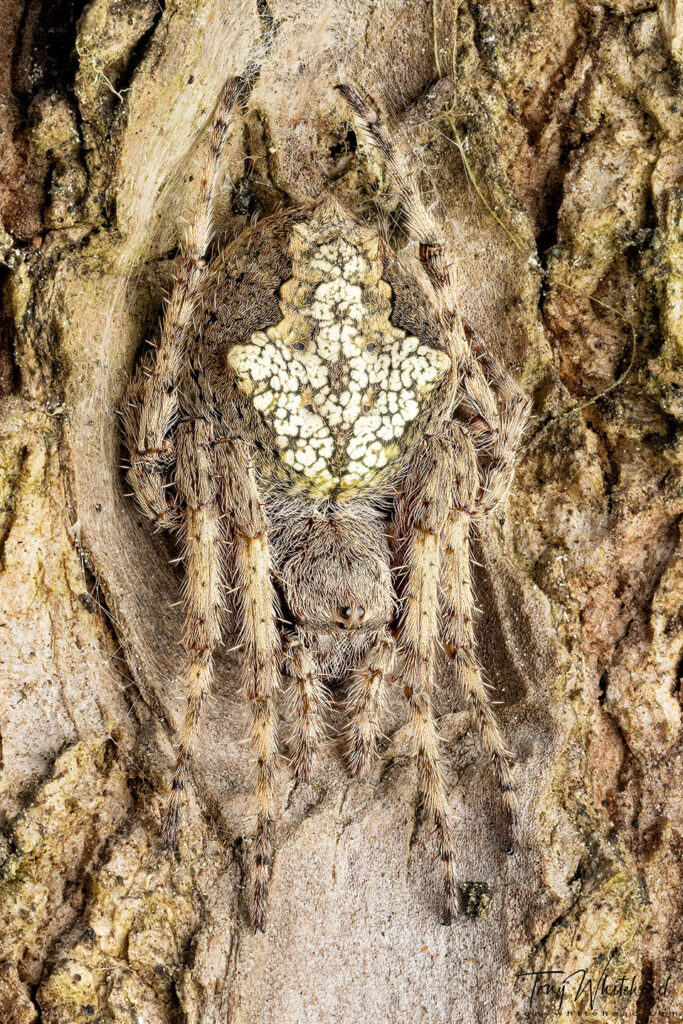
It is often stated that extension tubes do not cause image degradation as they contain no optical elements. This ignores that fact that lenses are designed to function optimally with a certain range of subject distances and more critically at a specific flange distance (this controls the distance from the lens rear element to the sensor). Extension tubes extend the flange distance and allow closer focus but in the process significantly alter the position of the lens in the light path and undermine the carefully tuned design. I suspect that this is partially the reason no native Nikon Z mount extension tubes exist.
Another factor that may be contributing to this is the nature of in camera focus shift shooting. The camera incrementally changes focus and this alters magnification slightly changing the size of the image on the sensor. When assembled in Helicon Focus the software makes adjustments for this by resizing the image and this could be creating artifacts more marked on the image peripheries. To identify this will require shooting some stacks using a macro rail and moving the camera rather than changing focus.
One of the outstanding features of the Nikkor Z 105mm f2.8 VR S lens is the flat field it renders with everything in the image plane sharp across the sensor and I suspect that it is significantly impacted by altering the flange distance with extension tubes. Photographing graph paper may prove this but is not something I’m not terribly inclined to spend time on. In a practical sense knowing this issue simplifies my approach and will restrict my use of extension to when I need more “magnification” than I can achieve with closest focus and crop. When using tubes I will accept that I will be looking to only use the central area of the image.
Obviously this is a worst case scenario with 36mm of extension, the 12 and 24mm tubes alone may not be as much of an issue as suggested by the first image in this post and I will explore this further to fine tune my use of the tubes.
